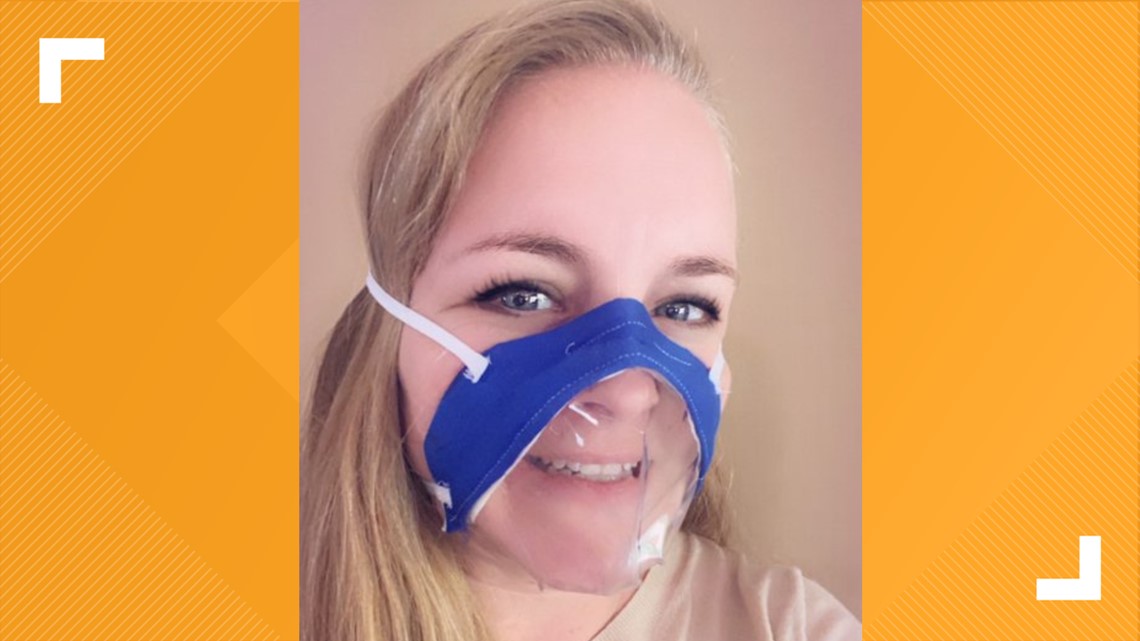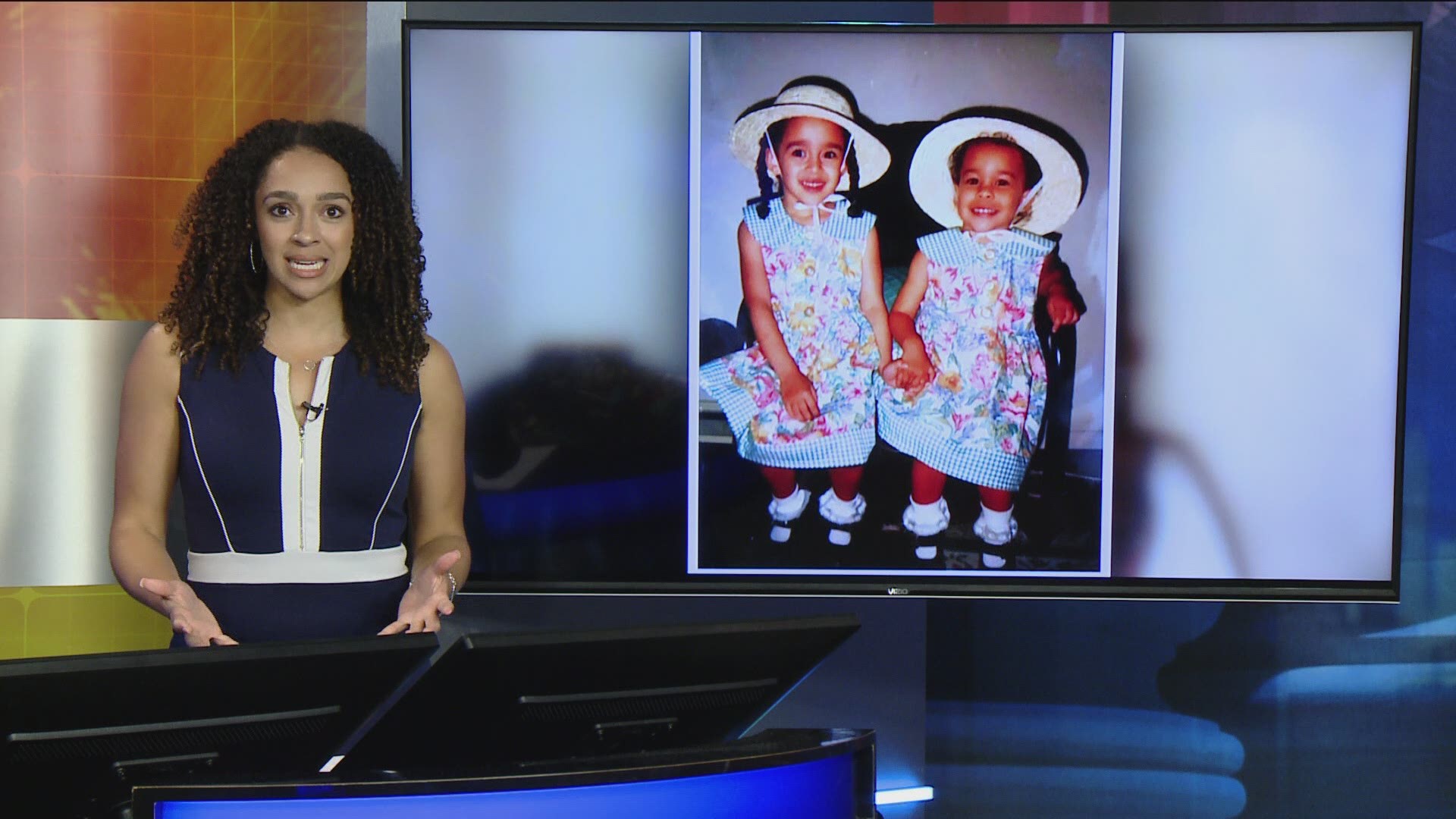JACKSONVILLE, Fla. — Around 48 million people in the U.S. have some degree of hearing loss. My sister, Hayley, is one of those 48 million. She has worn hearing aids since she was 2 years old, for as long as we both can remember.
During this pandemic, I've thought a lot about her and how difficult it must be when trying to communicate while wearing masks.
“The deaf and hard of hearing community, we are hungry for information," said Howard Rosenblum, the CEO of the National Association of the Deaf. "We often do feel like we are the last to know."
Howard was born hearing, but after he contracted meningitis and a high fever he lost his hearing and became completely deaf. Amy Richter, an American Sign Language interpreter, interpreted the interview between myself and Rosenblum.
“For those people who can hear fine with a device like a hearing aid, the masks may not be an issue," Rosenblum said. "For those people who depend on lip-reading, the masks pose more of a challenge.”
That's not the only problem. Masks can also muffle sound.
“For deaf people who use American Sign Language, that bars our facial expressions and facial expressions are a huge part of language," Rosenblum said. "That’s our grammar.”
At the start of the pandemic, Rosenblum said, there were major gaps in communication during press conferences where there wasn't always an interpreter.
“Things were so uncertain and no one knew how to protect themselves," Rosenblum said. "What is the best course of action? Should we go outside or not? Are we on lock down or not? Deaf people didn’t really have access to that information.”
English isn't always the first language in the deaf community. ASL often times is. That means closed captioning doesn't always work. ASL is a completely different language than English.
Chandra Manning and her team at the Jacksonville Hearing and Speech Center knew that something had to change.
“In a situation like this where people are already isolated and you take away that extra level of communication, man it just makes a world of a difference,” Manning said.
Somehow, some way they had to come up with a way to keep everyone safe but still get the message across while wearing a mask.
“What’s already out on the market is on back-order for months and our patients have been calling the office and they still need help," Manning said.
They got to work on a mask that could help. The mask has a vinyl material that is see-through so their patients can see facial expressions and lips.


"We’ve used heat to seal the vinyl so that there aren’t any holes in the vinyl allowing any kind of particles through there either,” Manning said.
The Jacksonville Hearing and Speech Center isn't quite ready to distribute these masks to the public, but they are looking to work with local partners to help more people.
Pandemic or not, the need for information will always be there and it should always be accessible. The NAD has been working tirelessly to make sure that's the case.

